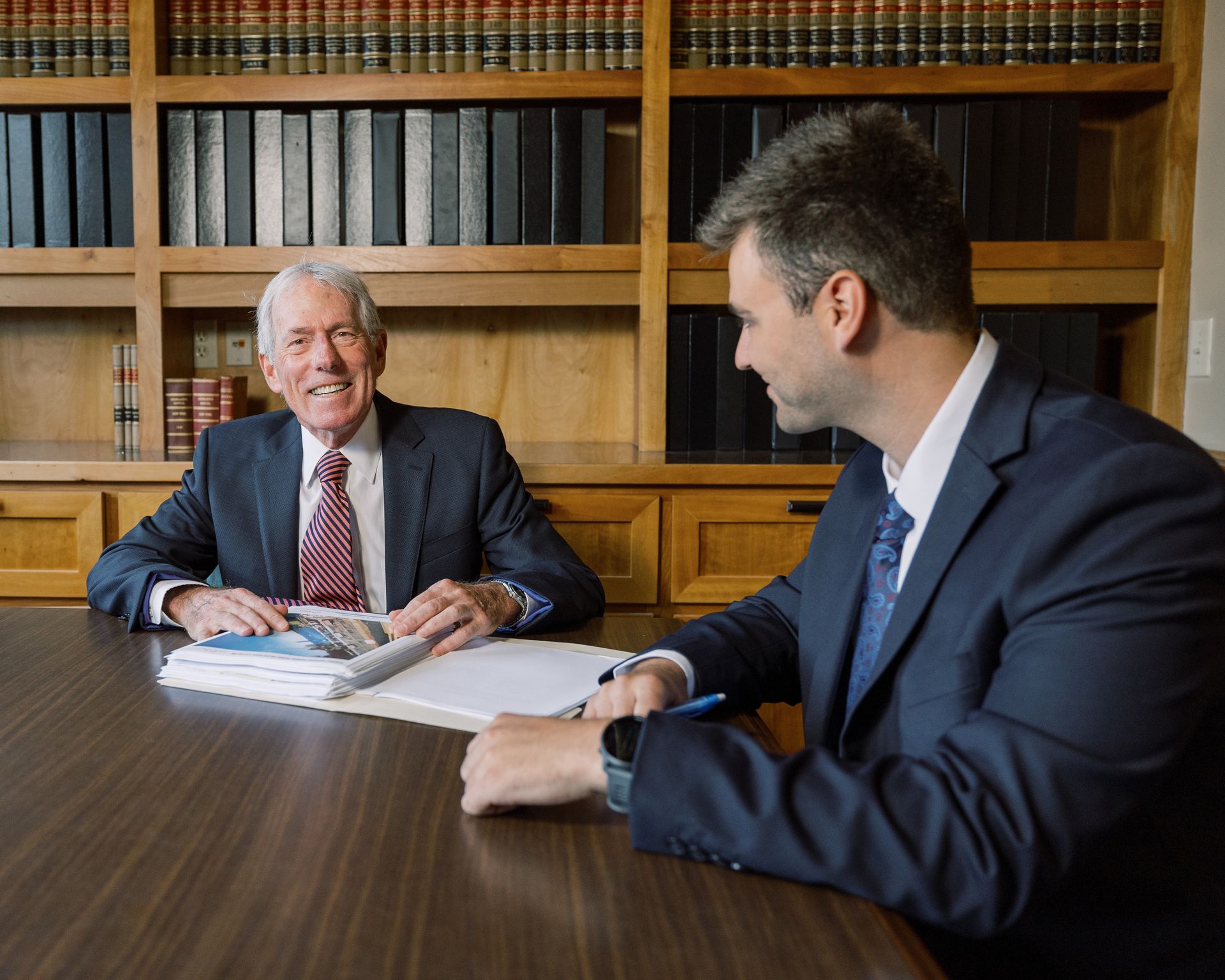The Types of Child Custody and Generally What Courts Consider

As a parent, your children are most likely your biggest concern amid a divorce action. When in such a tough situation, you may wonder what your options are for custody and what the court may look at when determining such an important aspect.
To start, custody can be generally defined as the parent’s rights to caring for and raising their child or children.
The standard the Court looks to when determining child custody is the best interest of the child. The Court is to approach each situation by looking at the “totality of circumstances” to see what is best for the child and are given a broad discretion in doing so. Common factors that play into this are the child’s needs, the environment of each parent, the parent’s mental health, the relationship between the child and the parent, education, and the parent’s finances.
The types of child custody come with different shares of responsibility and rights between the parents.
Legal custody refers to the parent or parents who has or have the right to make decisions about the upbringing of the child, such as education, religion, medical needs, etc.
Physical custody pertains to where the child remains with and is cared for by.
Both legal and physical custody are most often held by the parents as sole (1 parent) or joint custody (both parents).
Sole custody grants one parent the right to have physical custody of the child. The child resides with this parent and can solely make decisions on the child’s upbringing and welfare. This parent is typically referred to as the “custodian” of the child. The other parent may be granted visitation, which the custodian parent must allow and abide by.
Joint custody can be viewed as both parents sharing the responsibility to make major decisions regarding the child’s upbringing. This can be broken down into physical joint custody or legal joint custody. Physical joint custody refers to the parents splitting time with the child, while legal joint custody refers to the collaboration between the parents on how the child is raised and cared for.
While sole and joint custody are different in definition, a Court may impose that the parent granted sole custody must consult with the other parent and decide certain aspects of the child’s life such as medical care, religion, and education, therefore blending sole and joint custody.
Please contact our offices and speak with our attorneys if you need assistance with one of these matters.
Please always consult an attorney for specific advice, as this article is not intended provide specific advice regarding your matter.








